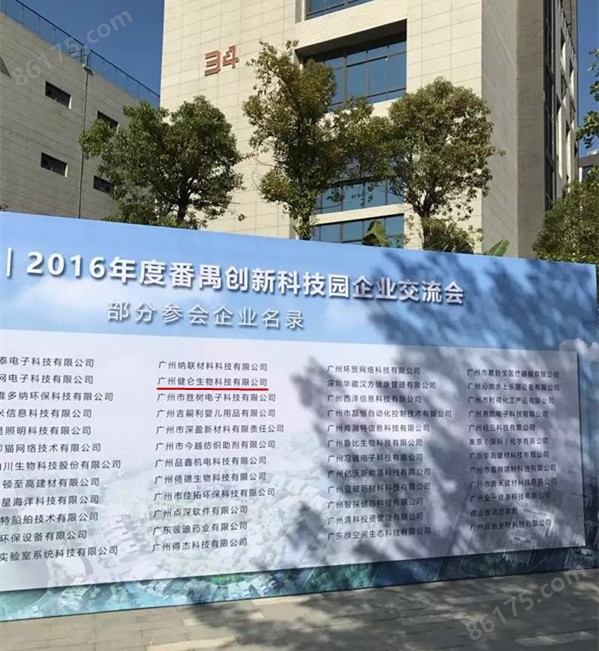其他品牌 品牌
代理商厂商性质
广州市所在地
莱姆病螺旋体IgM免疫荧光玻片试剂盒
Borrelia burgdorferi IgM IFA Kit
广州健仑生物科技有限公司
主要用途:用于检测人血清中的莱姆病螺旋体 IgM 抗体
产品规格:12 孔/张,10 张/盒
包括包柔氏螺旋体菌、布鲁氏菌、贝纳特氏立克次体、土伦杆菌、钩端螺旋体、新型立克次体、恙虫病、立克次体、果氏巴贝西虫、马焦虫、牛焦虫、利什曼虫、新包虫、弓形虫、猫流感病毒、猫冠状病毒、猫疱疹病毒、犬瘟病毒、犬细小病毒等病原微生物的 IFA、MIF、ELISA试剂。
莱姆病螺旋体IgM免疫荧光玻片试剂盒
我司还提供其它进口或国产试剂盒:登革热、疟疾、西尼罗河、立克次体、无形体、蜱虫、恙虫、利什曼原虫、RK39、汉坦病毒、深林脑炎、流感、A链球菌、合胞病毒、腮病毒、乙脑、寨卡、黄热病、基孔肯雅热、克锥虫病、违禁品滥用、肺炎球菌、军团菌、化妆品检测、食品安全检测等试剂盒以及日本生研细菌分型诊断血清、德国SiFin诊断血清、丹麦SSI诊断血清等产品。
欢迎咨询
欢迎咨询2042552662
二维码扫一扫
【公司名称】 广州健仑生物科技有限公司
【】 杨永汉
【】
【腾讯 】 2042552662
【公司地址】 广州清华科技园创新基地番禺石楼镇创启路63号二期2幢101-3室
【企业文化】


Cell:将干细胞分化成功能性β细胞的配方
在本周的Cell杂志上,梅尔顿和他的同事们报道一种复杂的配方,其能够直接将无论是人类胚胎干细胞(ES细胞)还是iPS细胞分化成功能性β细胞。这一突破是在梅尔顿实验室十多年来执着的工作的基础上完成的。他和他的同事们苦心研究调控胰腺发育的信号,应用他们和其他的发现,开发出一种方法将干细胞分化为成熟的β细胞。“这里面并没有魔法,” 梅尔顿说。“这甚至不是应用于发育生物学的一个发现。”
“该草案是可重复的,但比较单调乏味,” 梅尔顿补充道。干细胞在烧瓶中生长需要5种不同的生长培养基和11种分子因素,从蛋白质到糖类,将之添加到精确的组合中需要超过35天才能够将它们转变成β细胞。从好的一方面来说,梅尔顿道,该技术可以在一个500毫升的烧瓶中产生2亿个β细胞——在理论上,这足以治疗一个患者。梅尔顿说,该草案似乎与ES和iPS细胞系的工作是同等的。
在该细胞可用于治疗1型糖尿病之前,研究人员需要找到一种方法来保护它们免受免疫排斥反应。触发该疾病同样的自身免疫反应可能会攻击从患者自身的iPS细胞衍生的新β细胞,以及正常的免疫反应会破坏ES衍生的β细胞,这似乎出现异质性。(这一直是努力使用来自死者器官捐赠者的β细胞的接受移植来治疗1型糖尿病的一个挑战。)梅尔顿和他的同事正在探索如何将干细胞衍生的β细胞装入胶囊中,以及如何修饰β细胞,使它们能够抵御免疫攻击。
Cell: Formula that differentiates stem cells into functional beta cells
In this week's Cell magazine, Melton and his colleagues report a complex formula that directly differentiates either human embryonic stem cells (ES cells) or iPS cells into functional beta cells. This breakthrough was made on the basis of work labored at Melton Laboratories for more than a decade. He and his colleagues worked hard on signals that regulate pancreatic development and, using them and other findings, developed a way to differentiate stem cells into mature beta cells. "There's no magic here," Melton said. "This is not even a discovery that applies to developmental biology."
"The draft is repeatable, but tedious," Melton added. Stem cells need 5 different growth media and 11 molecular factors to grow in flasks. From protein to sugar, it takes more than 35 days to add them to the precise combination to convert them into beta cells. On the plus side, Melton said the technology can generate 200 million beta cells in a 500 ml flask - in theory, enough to treat one patient. Melton said the draft seems to work on the same lines as the ES and iPS cell lines.
Before the cell can be used to treat type 1 diabetes, researchers need to find a way to protect them from immune rejection. The same autoimmune response that triggers the disease may attack neo-beta cells derived from the patient's own iPS cells, and the normal immune response destroys ES-derived beta cells, which appear to be heterogeneous. (This has long been a challenge for treating type 1 diabetes with transplantation of beta cells from organ donors of the deceased.) Melton and his colleagues are exploring ways to load stem cell-derived beta cells into capsules and how Modifies beta cells so that they are immune to immune attacks.